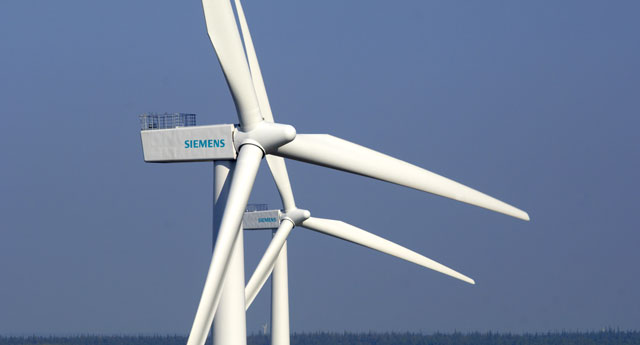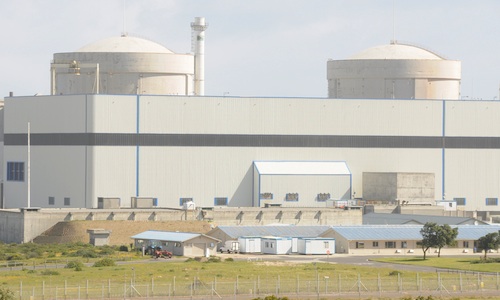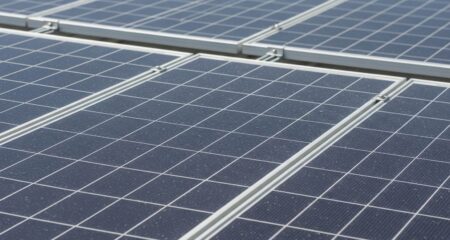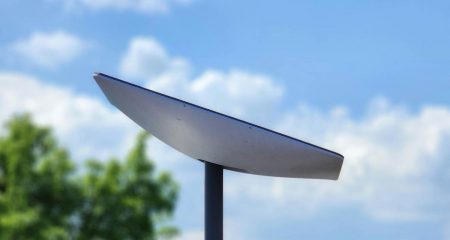
In planning its future energy path towards lower carbon emissions, South Africa should be wary of unproven claims that total reliance on variable renewable energy sources is feasible, says South Australian energy researcher and director of environmental lobby group Bright New World Ben Heard.
Heard, who proposes nuclear as a low-carbon alternative to coal-fired electricity generation, is currently visiting South Africa as a guest of the Nuclear Industry Association of South Africa.
He says that while many modelled scenarios have been published claiming to show that a 100% renewable electricity system is achievable, there is virtually no historical evidence that demonstrates that such systems are indeed viable.
“The only developed nation today with electricity from 100% renewable sources is Iceland, thanks to a unique endowment of shallow geothermal aquifers, abundant hydropower, and a population of only 300 000 people,” says Heard.
“Of the studies published to date, 24 have forecast regional, national or global energy requirements at sufficient detail to be considered potentially credible.”
He reviewed all 24 as well as the subsequent study by the Council for Scientific and Industrial Research (CSIR) and found them wanting.
Heard explains that certain renewable sources are reliable. These include geothermal, which comes at a prohibitive cost and hydro, which relies on sustained water sources that South Africa doesn’t have.
Wind and solar PV, which South Africa has abundant sources of, are, however, variable. They are only available when the sun shines and the wind blows. In fact, the early data from projects connected to the Eskom grid shows an average availability of around only 30%.
A high portion of variable generation would increase the reliance on peaking power, which increases cost, as Eskom’s experience with increased use of diesel generators has illustrated.
This would increase the overall cost to the system.
These variable wind and solar technologies are also asynchronous. This refers to the need to maintain the frequency of the system close to the prescribed standard.
Heard explains that supply needs to meet demand on an electricity system within one tenth of a second. He says changes in frequency arise from the small, instantaneous, and ongoing variation in load that occurs due to consumer behaviour (such as turning lights on and off), to larger changes in demand occurring in the normal course of a day.
“Instantaneous frequency control is typically provided by the inertia of ‘synchronous’ generators, where electricity is generated through turbines spinning in unison at close to the regulated standard. However, increased wind and solar penetration, with asynchronous generation of electricity, displaces traditional synchronous generators (coal and nuclear for example) from the market.”
The result is that a high portion of wind and solar energy increases grid instability. This is fine up to a point, he says, but nobody knows what percentage of renewables would exceed the tolerance of the system.
He says South Australia relies on 40% of its electricity supply to be generated by variable renewables and as a result is experiencing “real problems” with grid instability.
While it is difficult to generalise about the optimum level of penetration of variable renewables, the number is most probably between 15% and 30%, he says.
The CSIR in December 2016 presented the results of its study regarding the country’s future energy mix. It proposed that more than 70% use of renewables could save the country R90bn/year.

Heard is, however, critical of the results. He says the CSIR assumed electricity demand to grow by 15% by 2030, which he considers to be too low.
The CSIR further took advantage of the geographic spread of renewables for balancing — if the sun doesn’t shine on the solar plants in the Northern Cape, it would be shining on other plants situated in other provinces for example.
That, Heard says, is dependent on a strong transmission system, but only the generation was costed, not the transmission.
He says the CSIR did not model energy flow.
Nevertheless, there is room for renewables and with demand set to rise, the industry could grow considerably.
South Africa, however, has to invest in base load power, Heard says. That will provide the consistent, reliable supply needed to grow industry in the country’s effort to eradicate poverty and unemployment. “It is almost impossible to under-invest in base load.”
From an environmental perspective, nuclear is the answer to replace coal to ensure a reduction in carbon emissions, he says.
Heard is convinced that nuclear can be affordable, provided the procurement is done through an open and competitive bidding process.
With regard to the South African process to acquire 9,6GW of nuclear generation capacity, Heard says it is “so far so good”. The process has started with different levels of expression of interest and one will see how it further develops, he says.
“Constructing nuclear is initially more expensive than wind generation, but the quality and the asset life is quite different,” Heard says. Wind generation plants generally have a lifetime of no more than 25 years, while nuclear plants can run for at least 60 years. If the initial cost is paid, generation becomes cheap, he says. Fuel costs are low, which means that nuclear cost is very stable over the lifetime of the plant.
“I think if South Africa runs an open and competitive process, it will get a good deal,” he says, citing the example of the United Arab Emirates, which procured 5,6GW at US$4 000/kW installed capacity.
- This article was originally published on Moneyweb and is used here with permission




